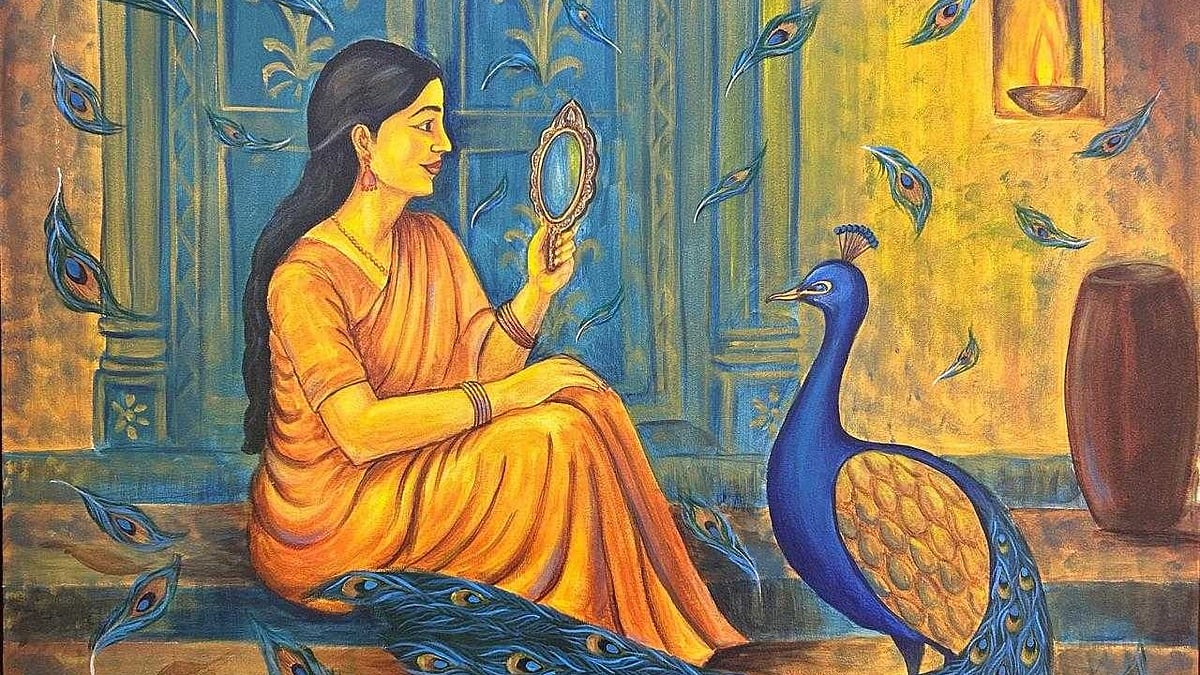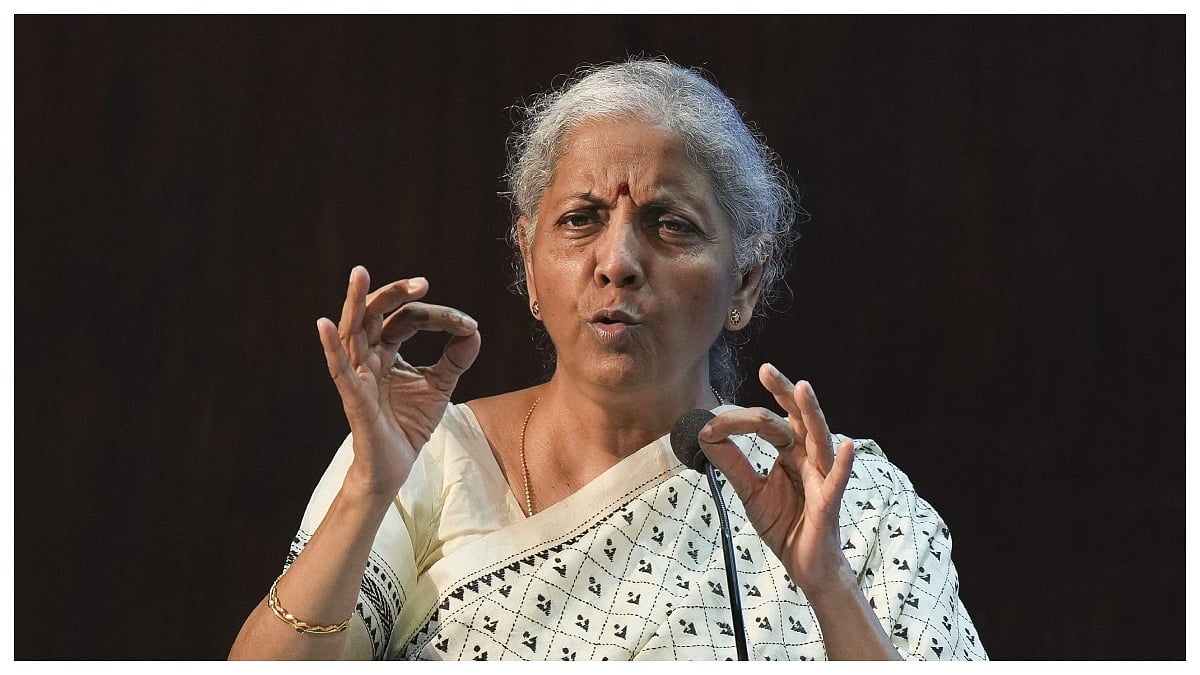The campus of IIM Bangalore has won the 17th spot among ‘The 25 Most Significant Works of Post-War Architecture’, according to The New York Times Style Magazine.
The results were compiled by three architects, three journalists and two designers who made a list of “the most influential and lasting buildings that have been erected — or cleverly updated — since World War II”. They are architects Toshiko Mori, Annabelle Selldorf and Vincent Van Duysen, the designer Tom Dixon, the artist and set designer Es Devlin, the critic Nikil Saval, and Tom Delavan, T’s design/interiors director.
The architect of the iconic and award-winning IIM Bangalore campus is Pritzker Laureate Dr Balkrishna Doshi, Fellow of the Royal Institute of British Architects and Fellow of the Indian Institute of Architects.
The campus of IIMB, with its structures and spaces, continues to inspire learning and discovery. The campus integrates buildings with the fundamentals of nature and climate. It offers a living, breathing space ideal for a place of learning and supports students' academic and social needs. That is also something that attracts students from all over the world.
The New York Times Style Magazine website says the IIMB campus, “Built of grey stone and concrete grown over with dense vegetation, Balkrishna Doshi’s 1983 campus for the Indian Institute of Management in the South Indian city of Bangalore synthesizes centuries of architectural history with rare subtlety.
"The campus’s elegant arrangement of passageways, courtyards and gardens — set on a little over 13 acres — glances toward the layout of the briefly inhabited 16th-century city of Fatehpur Sikri in India’s north, conceived by the Mughal emperor Akbar in part to encourage civic engagement and debate.
"Doshi’s structural rigor and material honesty — stone corridors and pergolas built with strict right angles and open to the lush environment that gives Bangalore its nickname, the Garden City — gesture toward the work of his teacher Le Corbusier, while the careful modulation of light and shadow suggest Kahn’s work at his own IIM campus in Ahmedabad (Doshi worked closely with both architects on projects in his native India). Absorbing and indigenizing a diversity of styles, IIM Bangalore speaks to India’s singular talent for cultural synthesis and its millenniums-long history of openness to the entire world.”
‘A place of perseverance and faith’
IIMB’s 46th Foundation Day celebrations held on October 28, 2019 saw the unveiling of a plaque on campus in honour of Dr. Doshi. During his speech that day as Chief Guest, Dr. Doshi had said, “IIM Bangalore for me is a place of memories, of associations, of perseverance and faith, which is the story behind the building, which is something that the school stands for. IIMB for me represents knowledge, memory and associations. But when I go back in time I am also happy to see that it is not just a building made of stone, it is a place where continuous change and progress is happening. All these seem to say, we, at IIMB, are as strong as the building.”
Talking about his inspiration in building the campus, he had said the idea was to move away from the typical corporate image and build something akin to a village, which also symbolizes continuous improvisation and improvement. “We wanted something that we find in Indian temples – places depicting eternal values and culture. That added with the image of hope for change as well as dynamism. That kind of imagery gives us the optimism and courage to face life along with its various challenges.”
Explaining how a campus like this can boost peace of mind, learning and knowledge, he had said: “The campus is a story of collaboration and finding the goal which is still not finite. There is a power in silence. IIMB represents that, and it is also wonderful to see an undercurrent of growth, and a willingness to accept challenges, which is something an academic institute should always foster.”
He went on to say that educational institutions should not have any doors. “IIMB does not only uphold that, it has also proved to be an avenue to connect with the wider world. Educational institutions today are not connecting with that ethos as they are often only result oriented. But IIMB is timeless in that aspect. Being here gives one the feeling that there is hope for a new world. Along with the campus, IIMB through its achievements, has proved that it is possible to turn barren land into a fertile place, to turn people softer, and into visionaries. There is love, appreciation and hope here. IIMB has maintained, added to, and revitalized the campus.”








